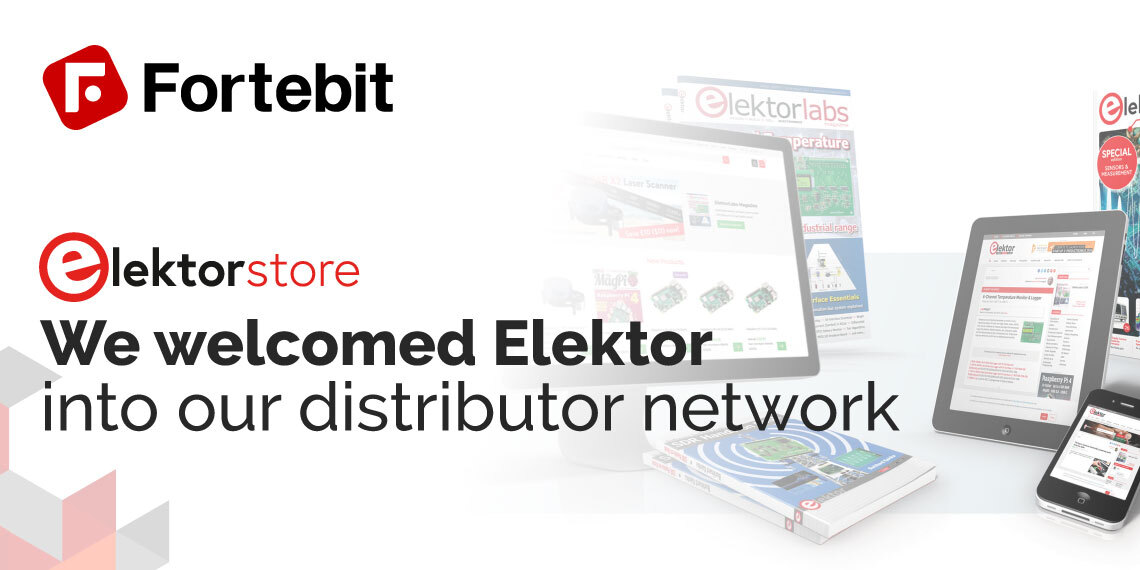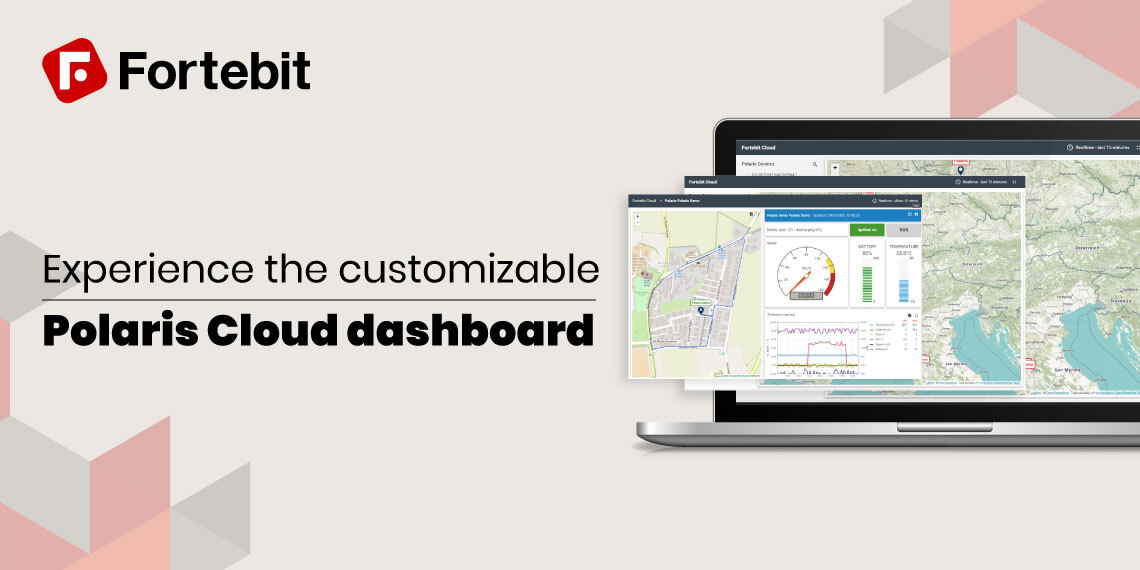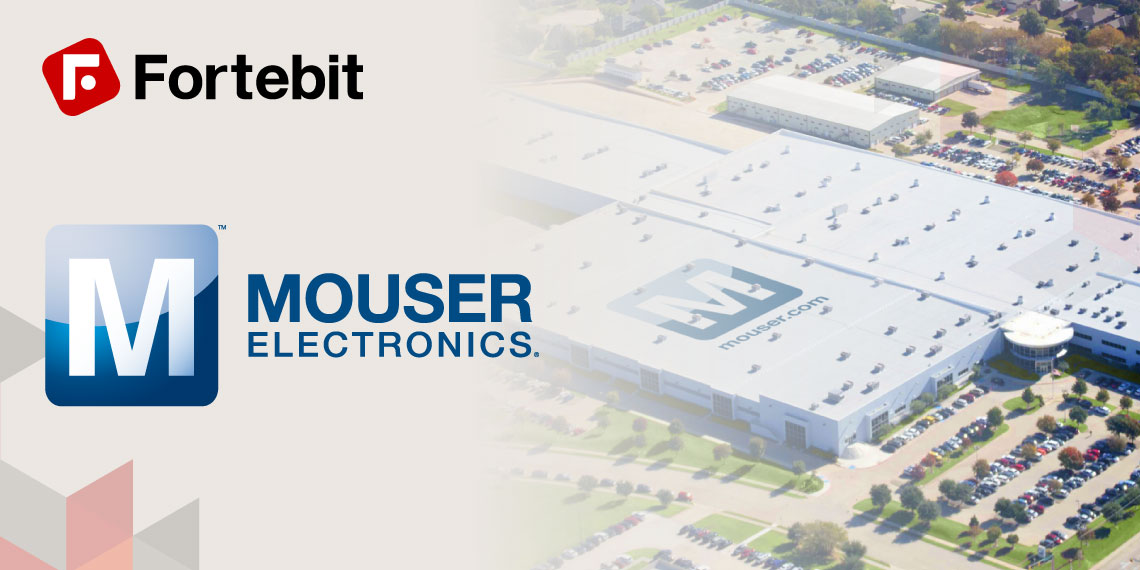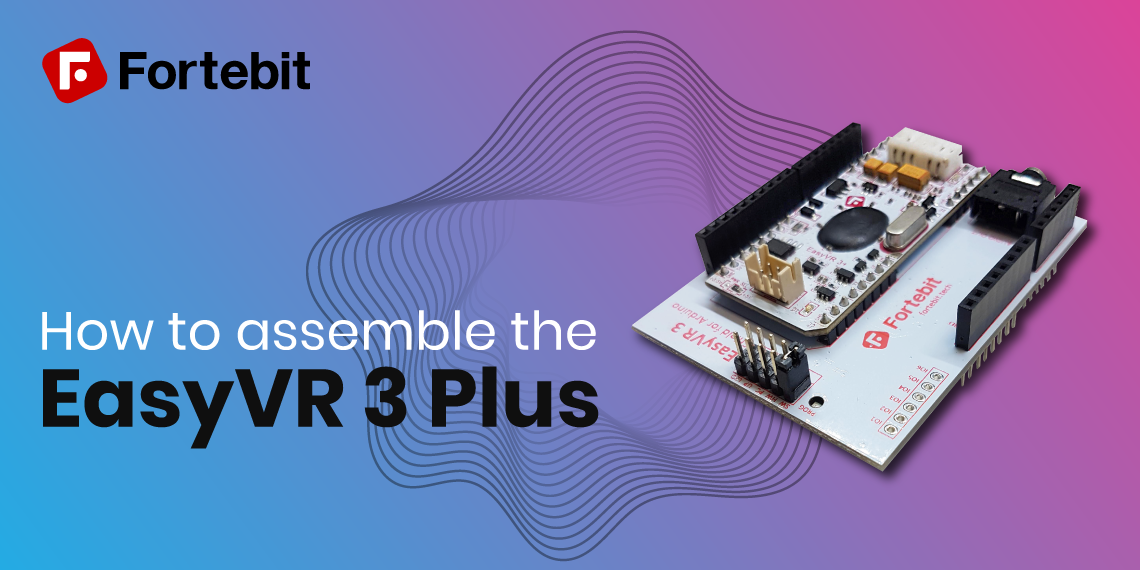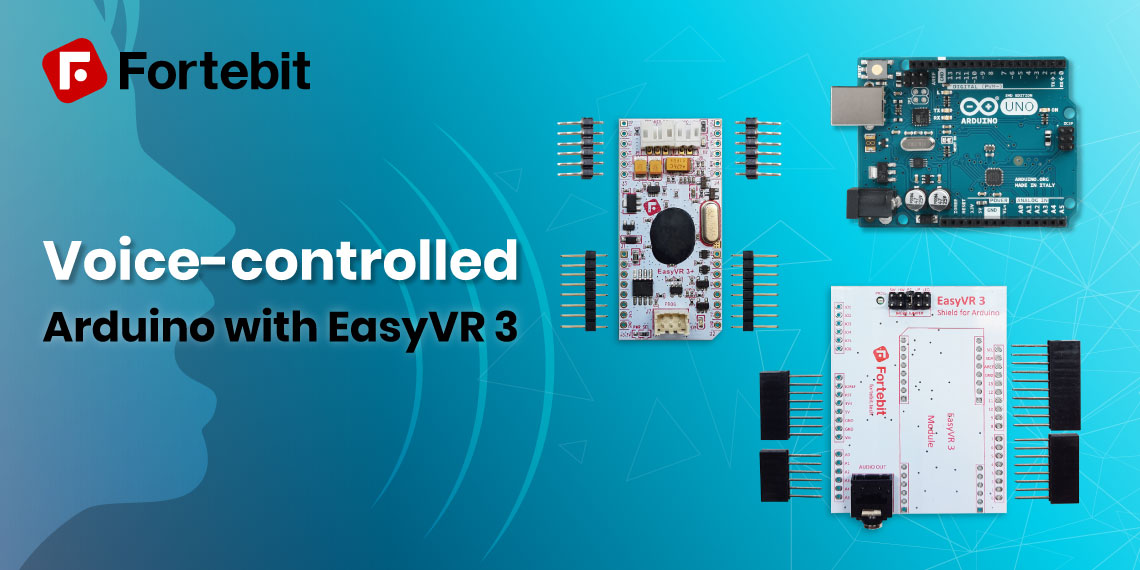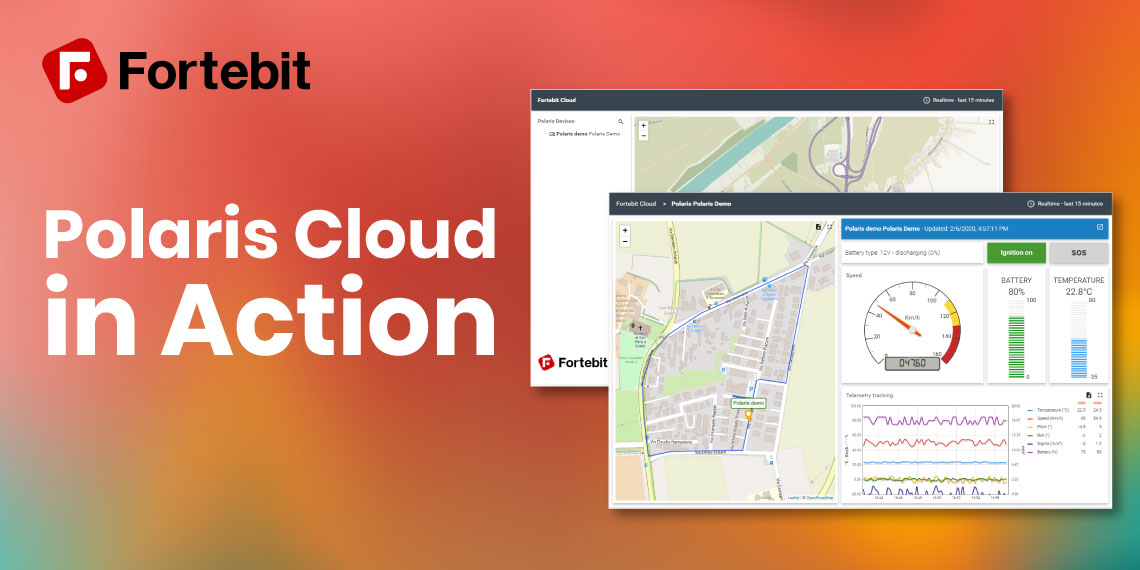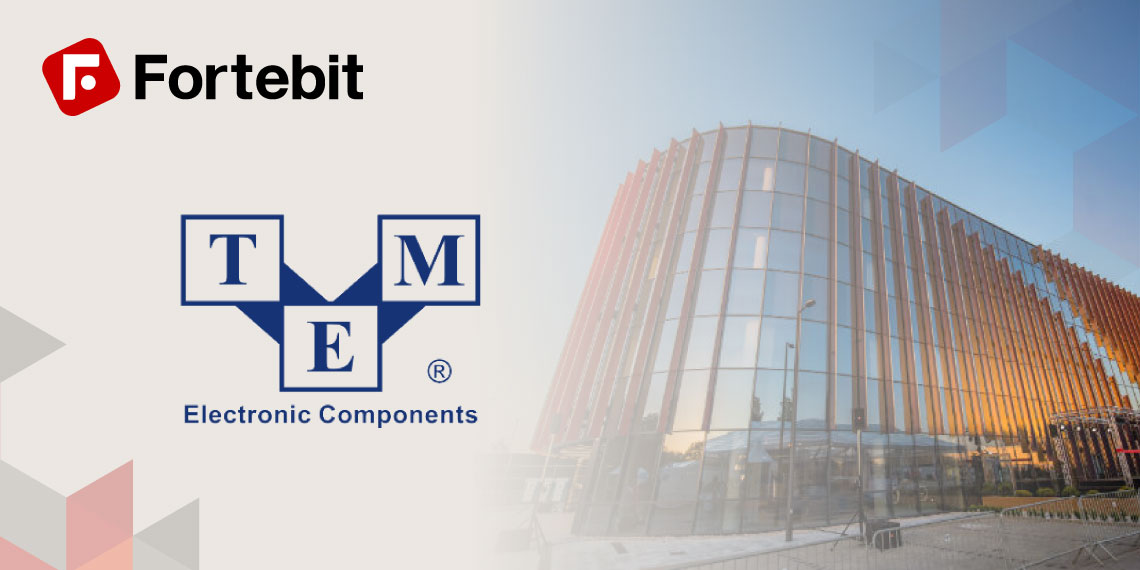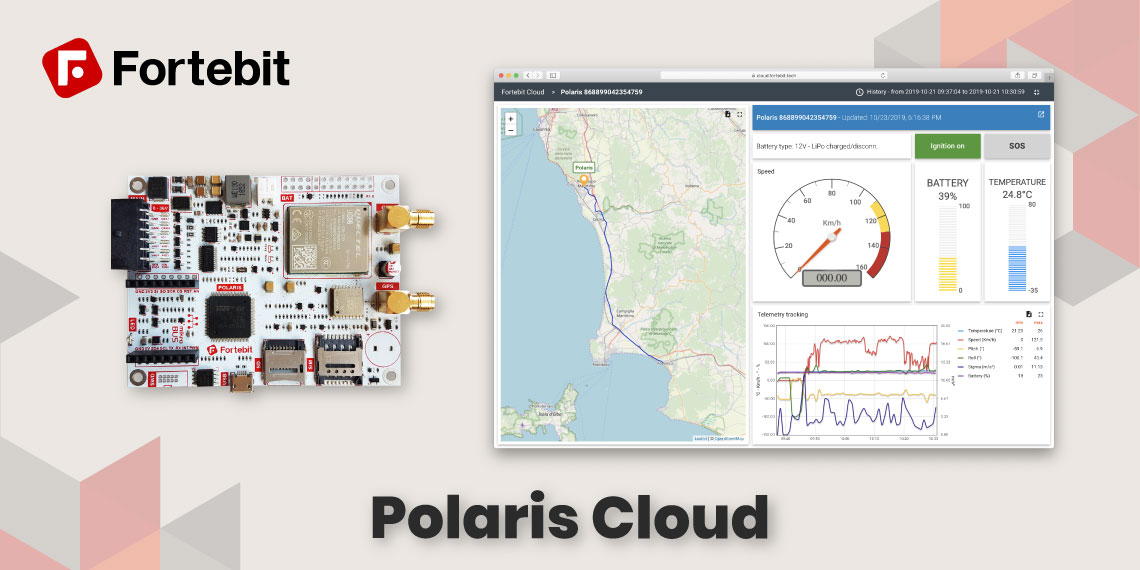With the imminent release of Polaris, we bet everyone is wondering what the main differences are between it and its predecessor, OpenTracker V2. Both are designed for remote logging, both are excellent as vehicle trackers, both are Arduino compatible. But where do they differ?
That’s why we decided to make a comparison and explain all the added features.
Let’s compare the main features in the table below:
| Arduino | Python | LiPo battery | 2G | 3G | NB-IOT | GPS- GLONASS | MikroBUS | Extended storage | Accelerometer | Ultra low power | |
| Polaris | YES | YES | YES | YES | YES | YES | YES | YES | YES | YES | YES |
| OpenTracker V2 | YES | NO | NO | YES | YES | NO | YES | NO | NO | NO | NO |
Now, we can move on to more detailed explanations.
Ultra Low Power
Polaris has extra low power modes compared to OpenTracker and also an ultra-low-power mode that consumes as low as 30uA at 12V. Active mode current is also considerably lower than OpenTracker, with less than 10mA when idle (excluding modem current).
Arduino compatible, Python programmable
As you can see from the table, Polaris is both Python programmable and Arduino compatible, unlike OpenTracker V2.
![]()
Thanks to the Zerynth license on board, Polaris can be programmed in Python right out of the box. Zerynth also allows C/Python hybrid programming. So, you can mix add use some C when you need to.
The full Python application is released open source. Head over to the Polaris product page to download it.
When it comes to Arduino compatibility, both products are 100% compatible. They are supported by the Arduino IDE, with specific Board Manager packages. So you can take advantage of the vast Arduino code base.
MikroBUS slot
Polaris has another advantage compared to OpenTracker V2 – a MikroBUSTM expansion slot.
Thanks to the MikroBUS slot you can add numerous functionalities to Polaris, just by choosing which MikroElektronika Click board you want (3.3V compatible). With hundreds of Click boards too choose from, you can be sure that there’s something for every kind of projects. These add-on boards function as sensors, interfaces, buttons, LED screens, motor control devices, storage, and more.
You can add any new functionality to your Polaris board. Even things like UV sensors and Alcohol detectors.
LiPo battery
Polaris has a LiPo battery connector and charge circuit. Just by adding the battery you can easily transform Polaris into a wireless IoT node.
What’s even more important is that Polaris is an excellent Open IoT Platform. It can be connected to the Cloud in just a few lines of code. Polaris is ready to collect and manage your data.
Accelerometer and Extended storage
Furthermore, Polaris offers two additional features that OpenTracker V2 does not – an accelerometer and extra storage.
You can use the additional storage provided by the SD card to capture log files and other types of data for extended time periods.
The Serial Flash can hold configuration data or it can be used as a non-volatile buffer for data up to 1MByte in case of network downtime or while traveling areas with poor signal coverage.
The accelerometer can provide additional information about vibration, motion, tilt angles, etc. You’ll know if the vehicle you’re tracking is going uphill or downhill. If it’s going to tilt or fall.
Stand-alone or in a kit
Both Polaris and OpenTracker V2 are available in a kit as well. The kits include metal casings, antennas, and various accessories. So, you’re ready to use them as soon as you buy them, for any tracking, IoT or Industry 4.0 applications.

